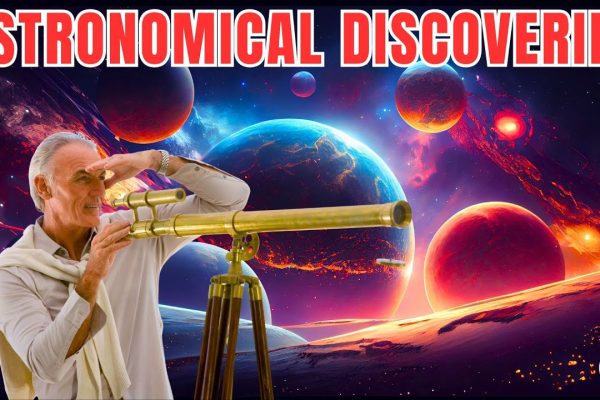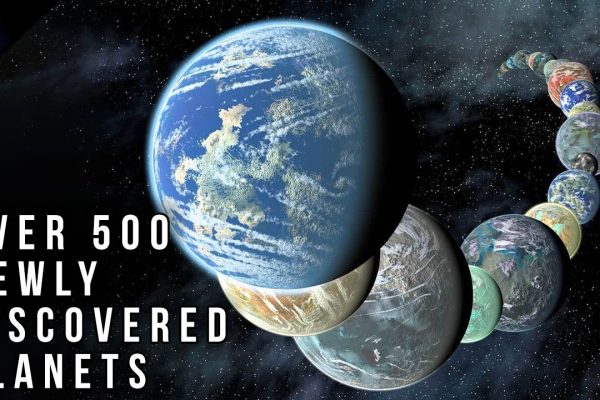
Top 10 Most Famous Space Missions of All Time 🚀🌌
From the first human steps on the Moon to robotic explorers touching the edges of our solar system, space missions have defined humanity’s quest for knowledge and exploration. These incredible journeys—filled with courage, innovation, and wonder—have expanded our understanding of the universe and inspired generations. Here are the 10 most iconic space missions that made history and…


